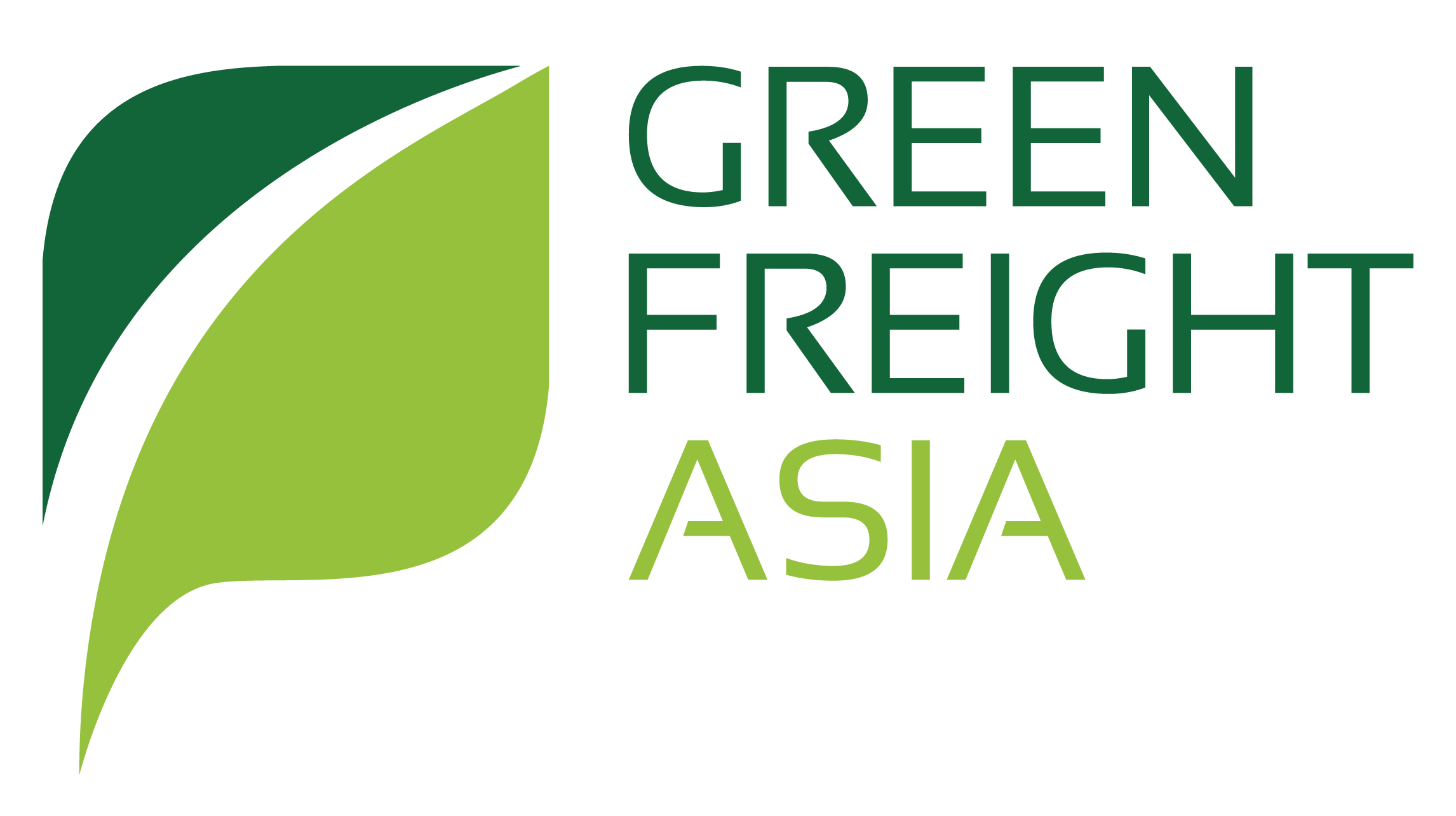Road Transport
Greening global supply chains doesn't depend on alturism. Improving efficiency cuts costs as well as emissions
how Chinese truck drivers USE ECO-DRIVING TO save fuel and earn more money for their families
Domestic and International Freight Activity Will Quadruple by 2050 if Trends Persist
Heavy-duty vehicles account for a disproportionate share of oil consumption, greenhouse gas emissions, and air pollution, and thus represent an important target for emissions control through the adoption of fuel-efficiency and emissions-control technologies. But decarbonizing freight is more challenging than other sectors of the economy, and technology alone will not be sufficient to achieve the goal. A systems approach will be needed—one that includes advanced vehicle technologies and measures to shift freight to the most sustainable modes and optimize supply chain activity. "Green freight" refers to a collection of technologies and practices that improve the efficiency of the freight sector and provide a means to benchmark and track performance. Green freight programs promote these technologies and practices across the freight sector to help cut costs, track carbon, and benefit the environment.
There are 126 policies in place around the Asia Pacific region that address clean road transportation. From Hybrid and electric bus trials in Singapore, to Fuel economy standards in China. As policies that tackle climate change and environmental issues strengthen in the region, those in the freight and logistics industries will benefit from taking early action.
To access the GIZ toolkit on eco-driving: Click here

